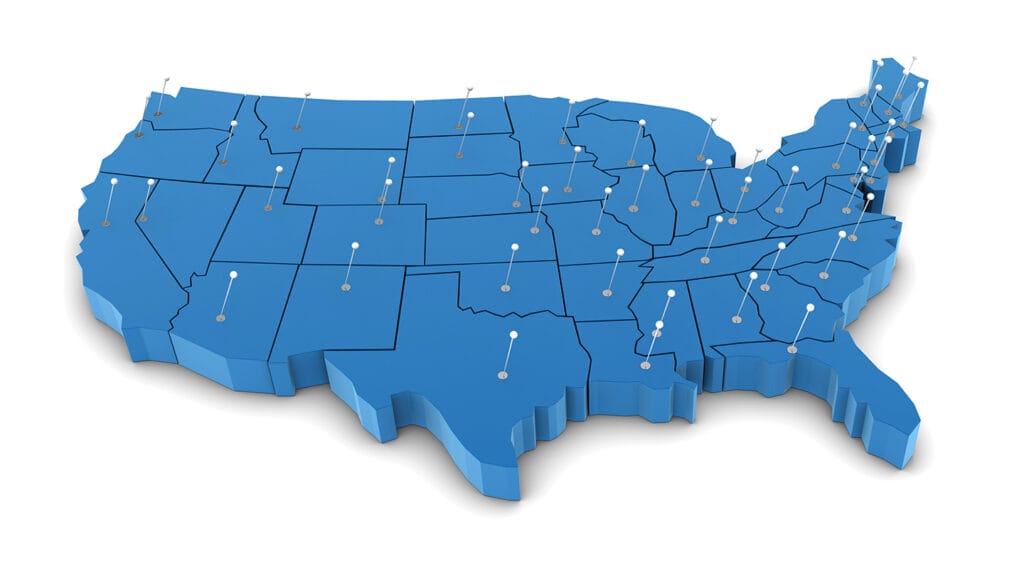
Hospice saved Medicare $3.5 billion in 2019, according to a study released early Tuesday by the National Opinion Research Center (NORC) at the University of Chicago.
The study — commissioned by the National Association for Home Care and Hospice and the National Hospice and Palliative Care Organization — comes just weeks after the Medicare Payment Advisory Commission (MedPAC) recommended a 20% cut to the aggregate cap for hospice payments in fiscal year 2023, with Medicare base payment rates to hospices unchanged.
“Multiple studies over many years have confirmed what hospice providers know: Hospice care improves the end-of-life journey for patients and families,” NHPCO COO and Interim CEO, Ben Marcantonio, said in a statement. “This new NORC study shows that in addition to improving care, hospice saves tax dollars.”
Length of stay question
The study also found that in the last year of life total costs of care to Medicare beneficiaries who used hospice were 3.1% lower than for patients who did not use it. The study found longer lengths of hospice stay netted even greater savings. For patients who spent the last six months of their lives in hospice, Medicare spending was an average 11% lower than it was for patients who did not receive hospice care.
In recent years, hospice has come under intense scrutiny for long length of stay. In its most recent report to Congress, MedPAC cited length of stay as justification to reduce the hospice aggregate cap by 20%.
“Each year since 2020, the Commission has recommended that the hospice aggregate cap be wage adjusted and reduced by 20 percent to reduce overpayments to providers with disproportionately long lengths of stay and high margins,” MedPAC said in the report.
NAHC President William Dombi told McKnight’s Home Care Daily Pulse Dombi said he hopes the new study findings will make groups such as MedPAC “revisit prejudiced views on long length of stay patients.”
Choosing hospice
One of the major takeaways of the study is the importance of giving people access to hospice sooner, Dombi noted.
“If there’s a flaw in hospice, it’s that patients don’t know enough about hospice to elect it,” Dombi said. “If they do, it’s at the last moment. In contrast to dealing with accusations or suspicions, we think this study demonstrates the conversation should be how do we make hospice more available.”
In making its rate recommendations to Congress, MedPAC found hospice margins to be adequate. The commission stated in its report that aggregate profit margins increased from 13.4% in 2019 to 14.2% in 2020. MedPAC estimated profit margins increased to 16% when pandemic-related relief funds to Medicare were included.



